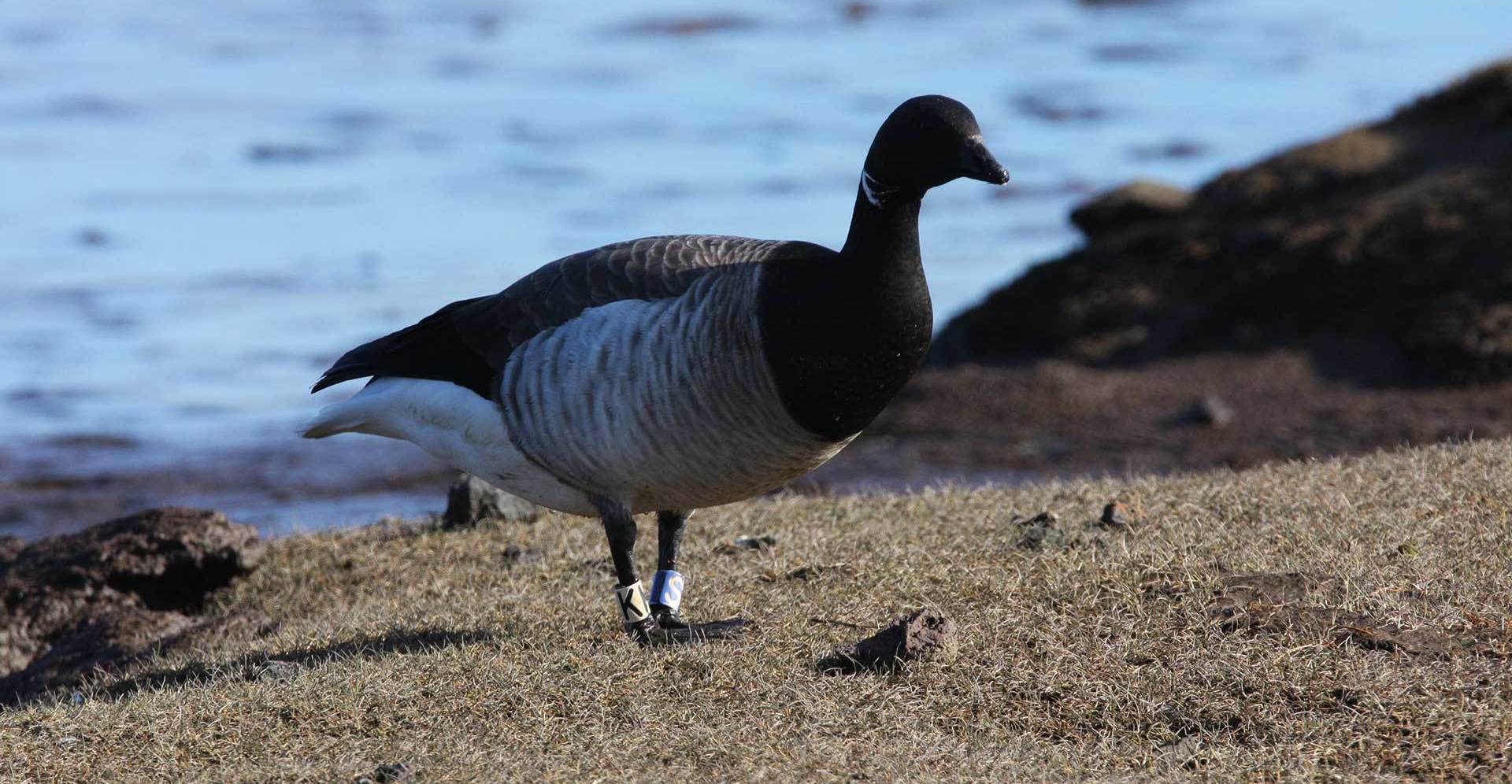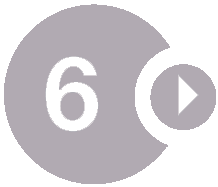Over the winters of 2021/22 and 2022/23, supported by The Heritage Council, Waterford Co Co and #wildlife group#, we have been undertaking a study investigating the spatio-temporal usage of Dungarvan Hbr and, at a larger scale, the migration of Light-bellied Brent Geese through the usage of small GPS/GSM satellite tags. These devicess record positions at regular intervals (many times per day), are powered by the sun (the tags have solar panels) and send data from the birds to the research team at regular intervals using the GSM (mobile phone) network!
The project will commence in March 2023 when a trained specialist team will capture Brent Geese around Dungarvan and release tagged birds equipped with their satellite tags. These birds and the untagged ones will also carry unique engraved colour-rings which mean we can follow them for many years visually (the ring codes are unique to individuals).
When the project launches we will post updates on the website, blog and the movements and migration of these birds can be followed on this page.
As a component of the overall project there are a number of matching activites and outputs. These include a Brent storymap (designed by Robert Vaughan and XXXXX), an art project, engagement with local schools, and a project video. The spring 2023 launch also forms part of a multi-part TV documentary being made by XX during which we will follow the migration of these fantastic birds from Ireland all the way to Canada and back!
Supported by the Heritage Council under the Community Heritage Grant Scheme 2021 and 2023



WATERFORD BRENT GOOSE TRACKING PROJECT adaptive migratory behaviour in response to global environmental change
2021 - 2022 Summary
Migratory species face a wider range of environmental conditions in the annual cycle than sedentary species do – typically these species move to exploit seasonally-available (and limited) resources which for arctic migrants like Brent Geese mean they exploit the 24-hour daylight of the arctic but have to retreat south to temperate areas for the winter. These species

provide especially interesting opportunity to study the drivers of behaviour and consequences for population processes. But they are also the most sensitive to the effects of climate change which could have varying impacts in the annual cycle in different seasons and places.
Numbers of Northern Hemisphere geese have generally increased in the last 50 years – in part due to increased protection from hunting and the higher quality and availability of food resources in wintering areas (largely due to agricultural improvement). Our own population of Brent Geese have increased in recent decades to levels higher than every documented but the consequences of climate change remain unknown – will conditions for breeding improve in the arctic such that average conditions increase the probability of successful breeding each year? Or will subtle micro-climatic conditions (such as later spring snow-cover) have a negative effect? Can birds adjust their timing to suit the availability of food resources (the green wave) as that phenology changes in spring staging grounds and in mid-summer in the arctic breeding areas? These are amongst the questions our long-term study is seeking to answer.
OBJECTIVES

Better understand population processes by understanding these processes at an individual level

Understand how individual fitness is impacted by the environments the birds occupy, individual behaviour and how this changes with climate change

Quantify basic demographic parameters including age-specific survival and fecundity and their primary drivers

Investigate how the host gut microbiome mediates the relationship between foraging behaviour, body condition and reproductive success in the wild

Utilise ecological information to inform conservation management and protection of this species across its flyway

Model the overall fitness consequences of migration under future environmental changes
PROJECT TEAM
Project Co-Ordinator: Irish Brent Goose Research Group and the University of Exeter
Project Partners: Wildfowl & Wetlands Trust (WWT), Icelandic Institute of Natural History (IINH), Canadian Wildlife Service (CWS)

